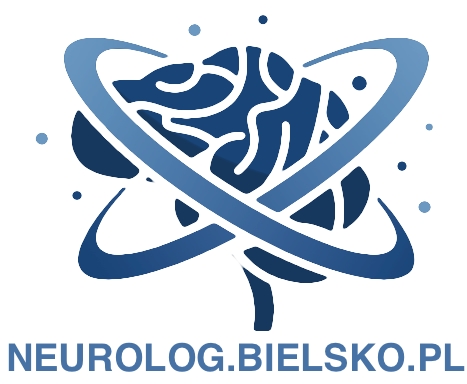“The selected fibrinolysis markers in ischemic stroke patients”
Background: In physiology the fibrinolysis and hemostasis remains in dynamical balance.Some hemostatic factors establish a bridge to fibrinolysis activation. In the pathophysiology of thrombotic diseases, among the numerous group of activators, inhibitors and modulators of coagulological processes, a special attention will be paid to fibrinolysis inhibitors:ά-2-antiplasmin(A2APL) and plasminogen activator inhibitor type 1 (PAI-1). Their hyperactivity can play significant role in pathogenesis of ischemic thrombotic stroke (i.i.c.p.t.a.). Purpose: Evaluation of PAI activity and A2APL contents in i.i.c.p.t.a. patients plasma; research of value dependence PAI and A2APL of selected laboratory markers and drugs administration in acute i.i.c.p.t.a. Material: 40 patients in acute i.i.c.p.t.a. (including 5 TIA), 12 female, 28 male;age average 66.6 years (+/-20 years). Time period from stroke onset under 48 h before neurological dept. admission;head CT stroke verification. Mortality in examinated group during 2 weeks from stroke onset:7.5%. Control group of 25 healthy subjects,within age matched. Method: Phisical and neurological examination. Evaluation of blood samples : coagulological (i.a. PAI and A2APL chromoaffinity method measurements by computerised photometer and Behring Diagnostika reagents), biochemical and morphological. Statistical analysis (Fisher, t-Student, chi², Satterthwaite tests). Results: Elevated PAI activity in over half of patients group in the third day of stroke and in 1/3 patients group in the first and the 14th day of disease (p<0.05). Significant elevated mean activity of PAI in third day of stroke (p< 0.001), however in some lower grade (p< 0.03) in 14th day, and in men group elevated mean PAI activity in just first day of stroke (p<0.05). The mean PAI activity elevation according to descent number of erythrocytes (p<0.04). Increase of A2APL contents in about half of patients group (n= 19) in first day stroke onset. Decrease of mean A2APL contents in 14th stroke day (p<0.04), particularly in men (p<0.002). Elevated A2APL contents according to increased fibrinogen contents. Dependence of higher grade of neurological deficit at admission on more level of A2APL contents in third stroke day. Increase of fibrinogen contents in over a half of patients group in the first, third and 14th day of stroke, in the greater grade in men group (p< 0.001). Discussion: There is convergance between present observations with elevated PAI activity in ischemic stroke and results some other author‘s studies. Separating a subgroup with long-term PAI activity elevation, there is suggested the increased risk of thrombotic stroke onset, however repeat of stroke in these patients. We can presumpt that this risk factor is greater in men.Maximum PAI activity increase in third day of stroke onset will be explain, that PAI perform as a protein of acute phase. Decrease of erythrocytes number in connection to an increase of PAI activity can indicate on insufficience of erythrocytogenic ATP pathogenesis and in effect – prostacycline and NO deficite, which are responsible for origin of increased PAI activity. There are methodological differences and being their effects the results differences in A2APL contents.That follows often PAP measuring in other authors study. The hyperfibrinogenemia in connection to increase of fibrinolysis inhibitors level was similar to results of some other authors study. In present study the increased A2APL contents in stroke acute phase, could be explained as the marker of fibrinolytic insufficiency. It prompts the fact greater significance neurological disorders in first stroke day and following increase A2APL contents in third stroke day.However decrease of A2APL contents in 14th day could be effect of exhaust of organism store during thrombotic stroke, this fibrinolysis inhibitor. The confirmed role of hyperfibrinogenemia as a stroke risk factor has found own place in present study.The influance of anticoagulant treatment on prolonged kaolin-kefalin, prothrombin and thrombin times were noted, as a result of, so as hematocrit decrease following use of hemodilution. Besides morphological changes of plasma the biochemical abnormalities were noted too. Their interpretation supplyed earlier in similar clinical circumstances some other authors. Conclusions: – increase PAI activity shows to be a separate risk factor for thrombotic stroke, which is ofter in men and probably hasn’t influance on ischemic stroke clinical course; – real significantly dependence between increase PAI activity and decrease of erythrocytes number orders very careful indication of hemodilution in thrombotic stroke patients; – confirmed in some patients increase of A2APL contents in first thrombotic stroke day could be a marker of fibrinolytic insufficiency in stroke acute phase.
